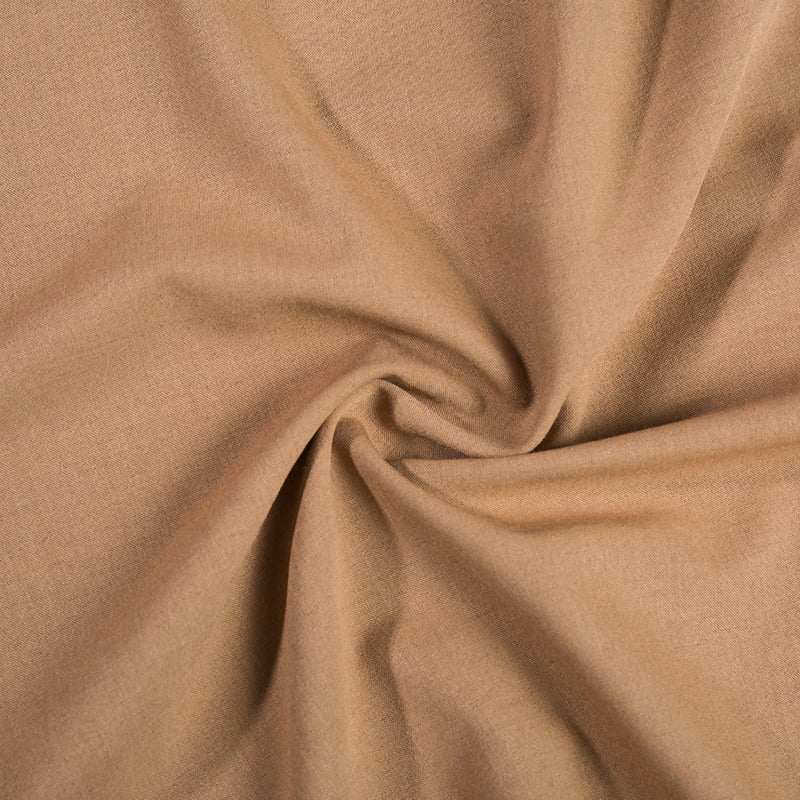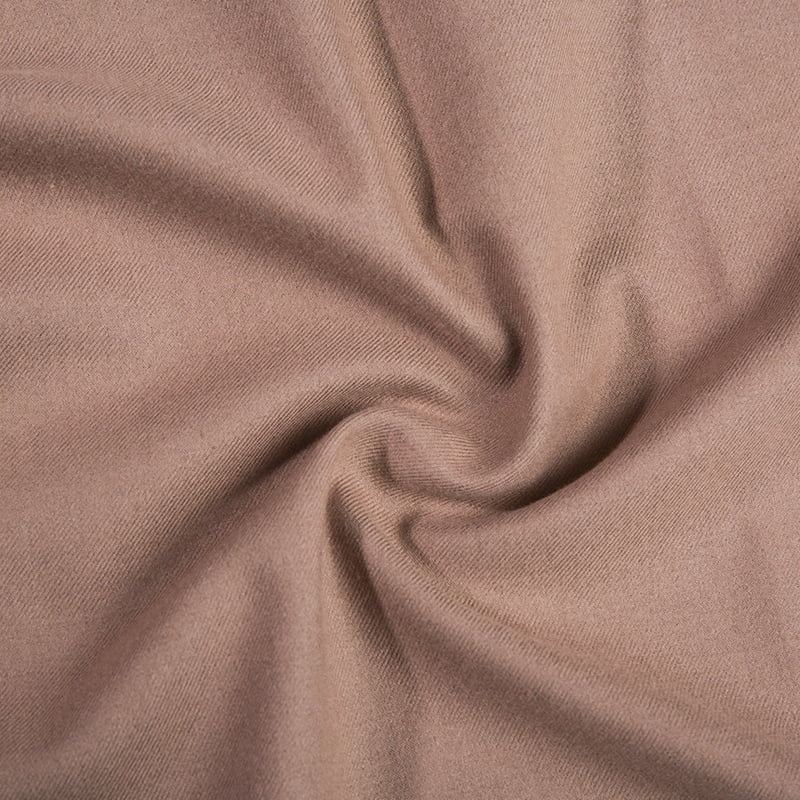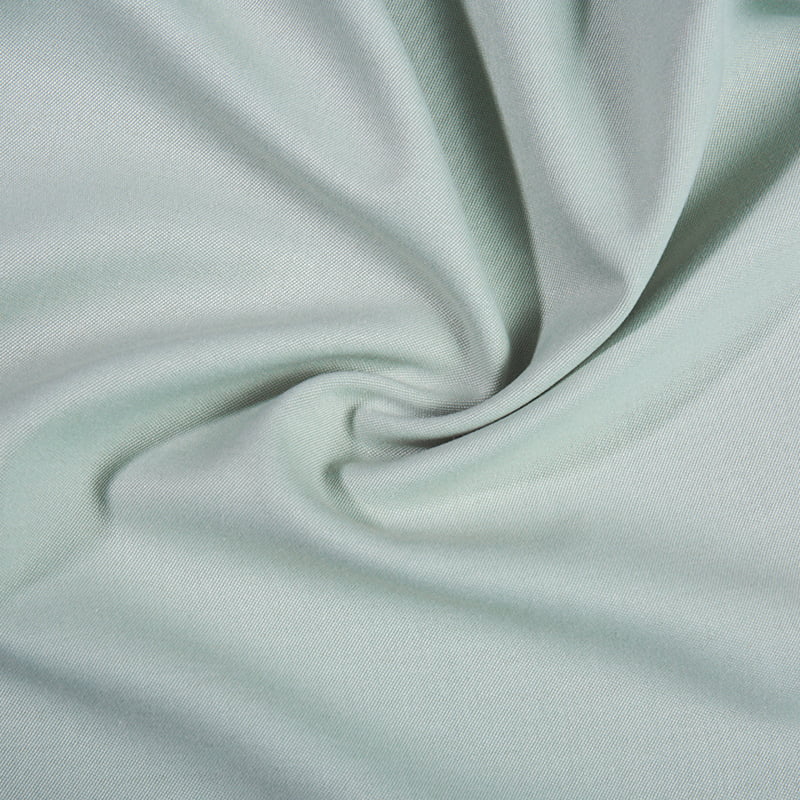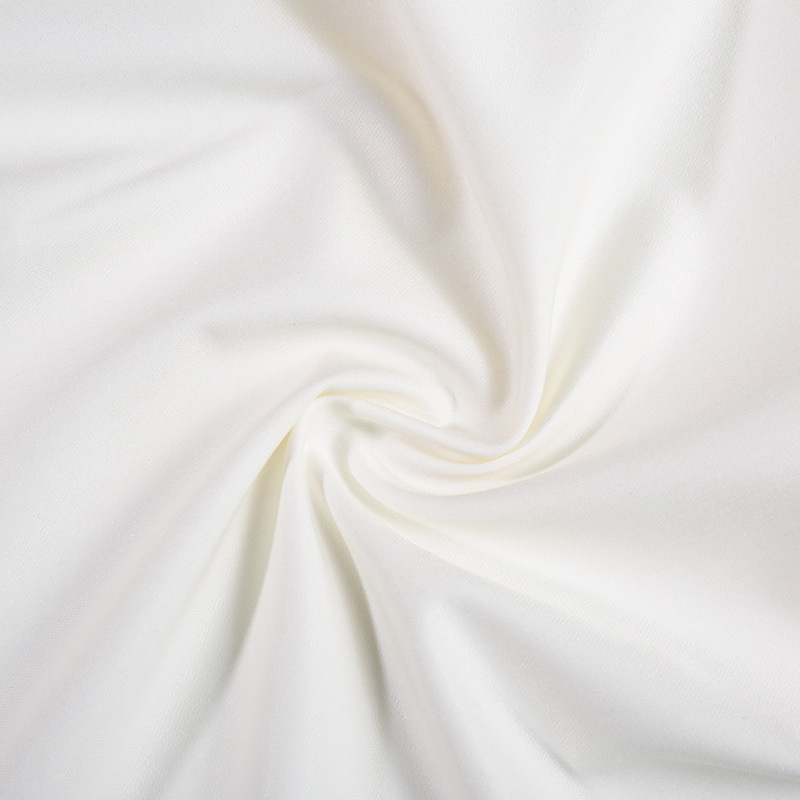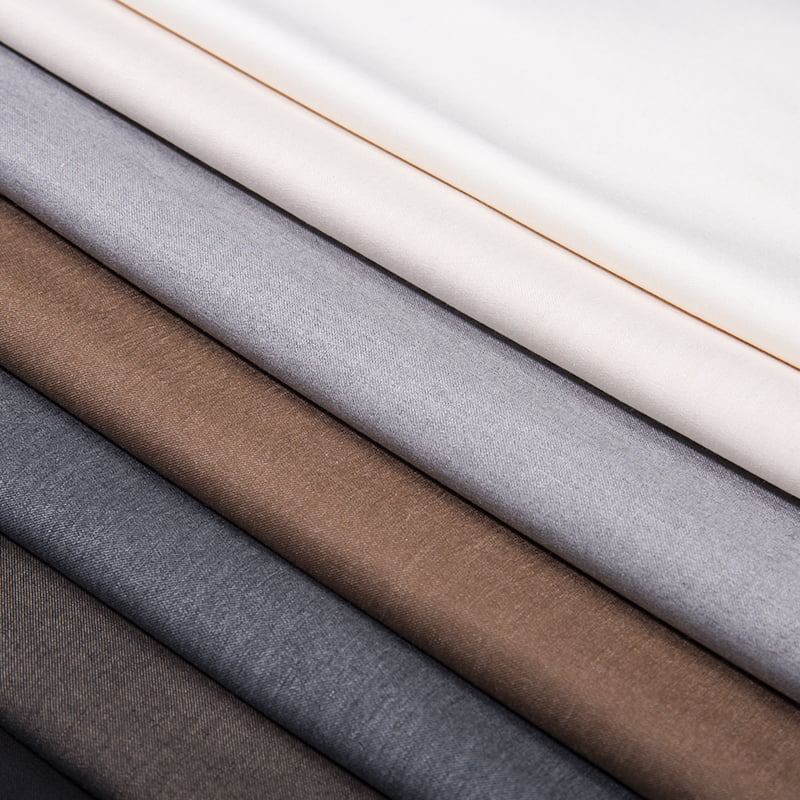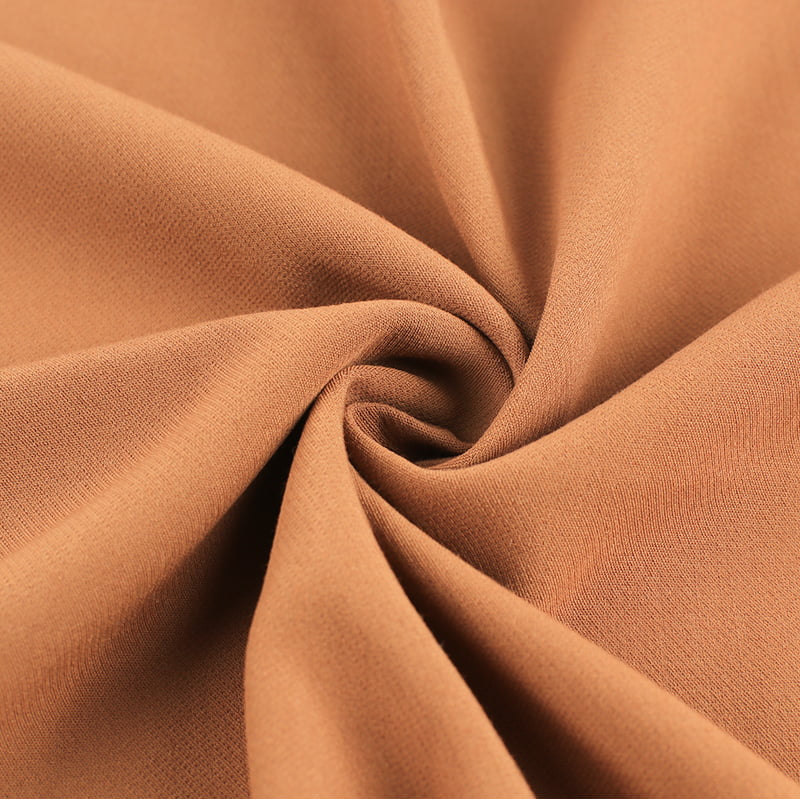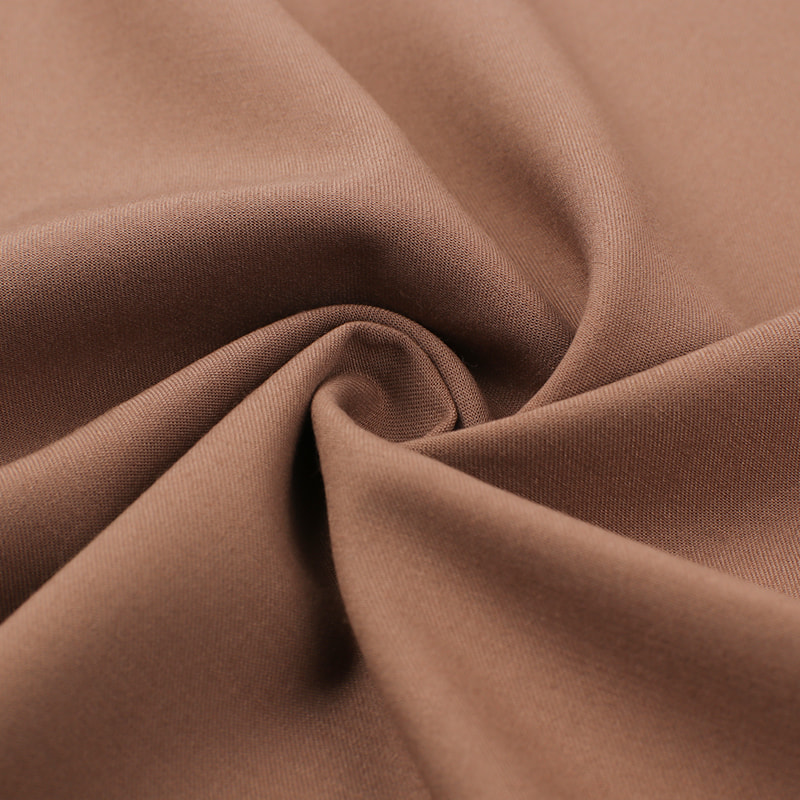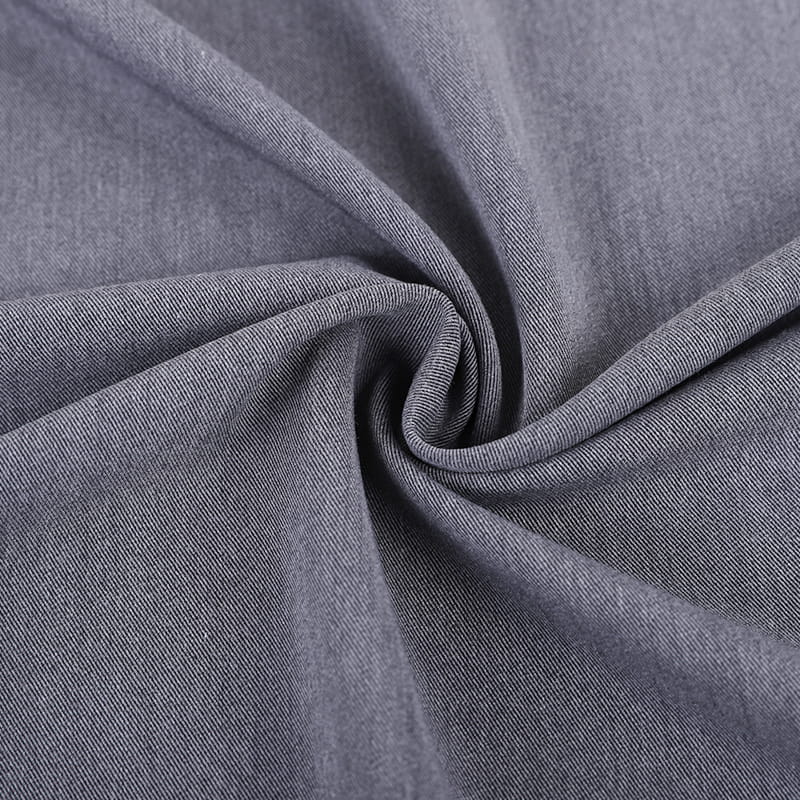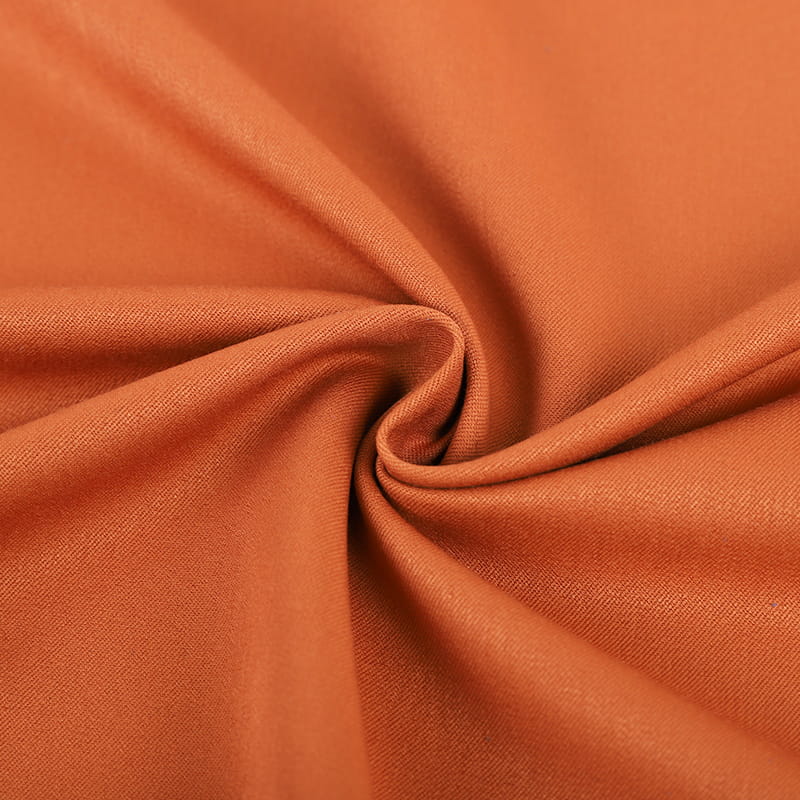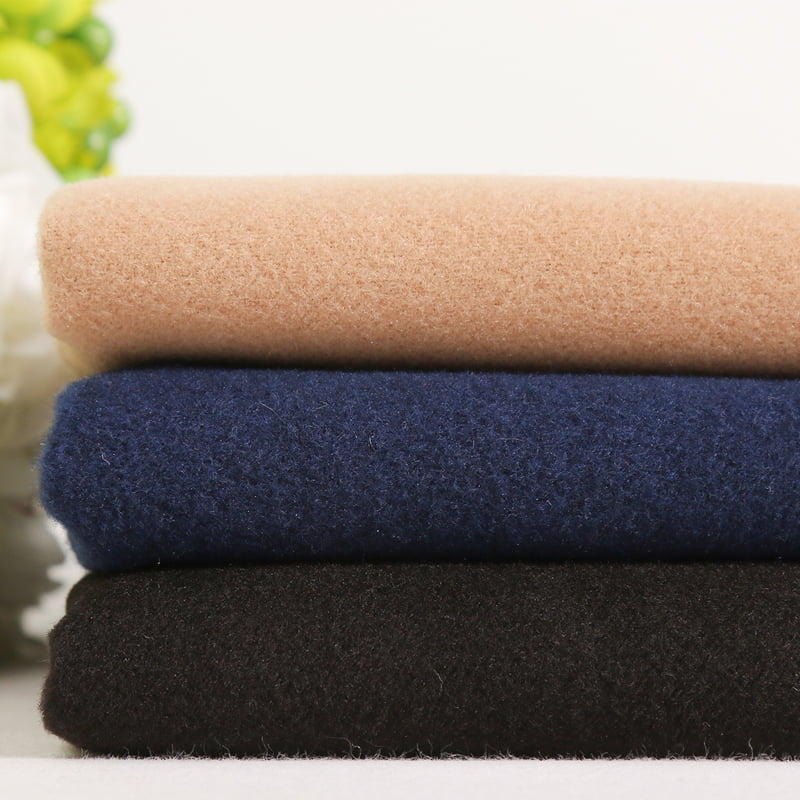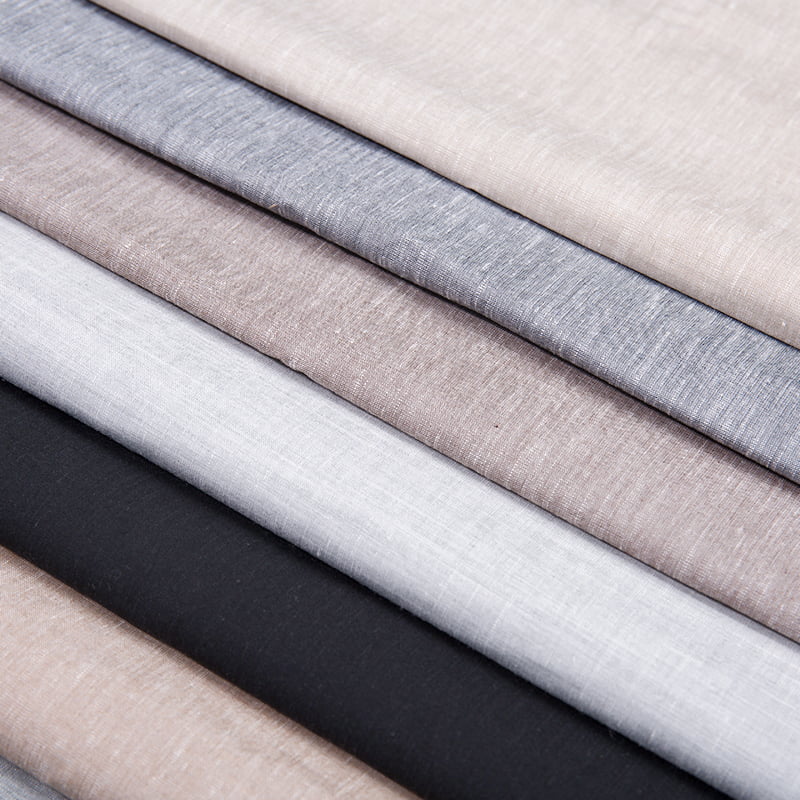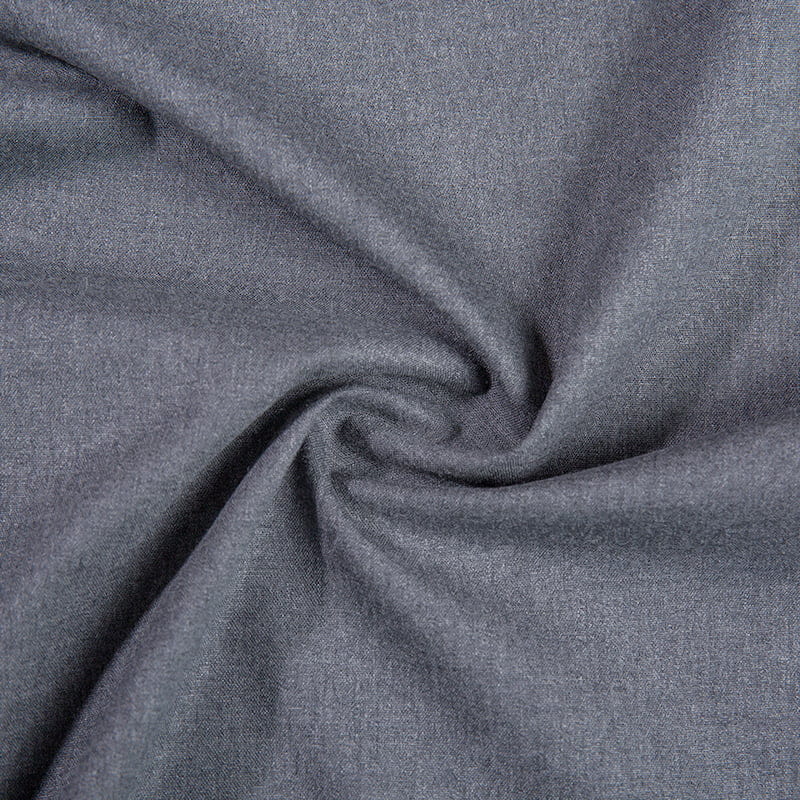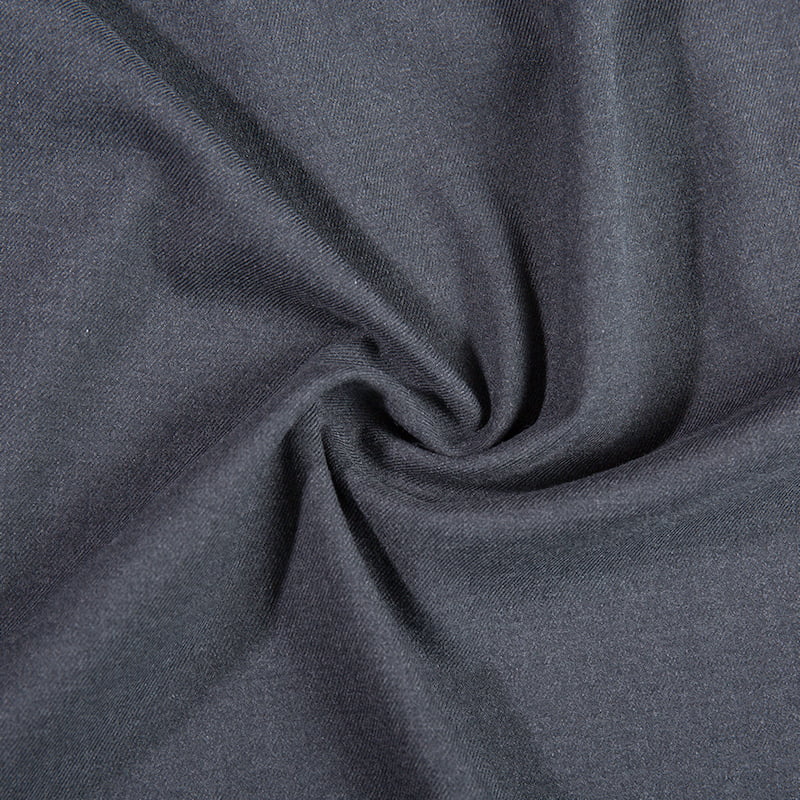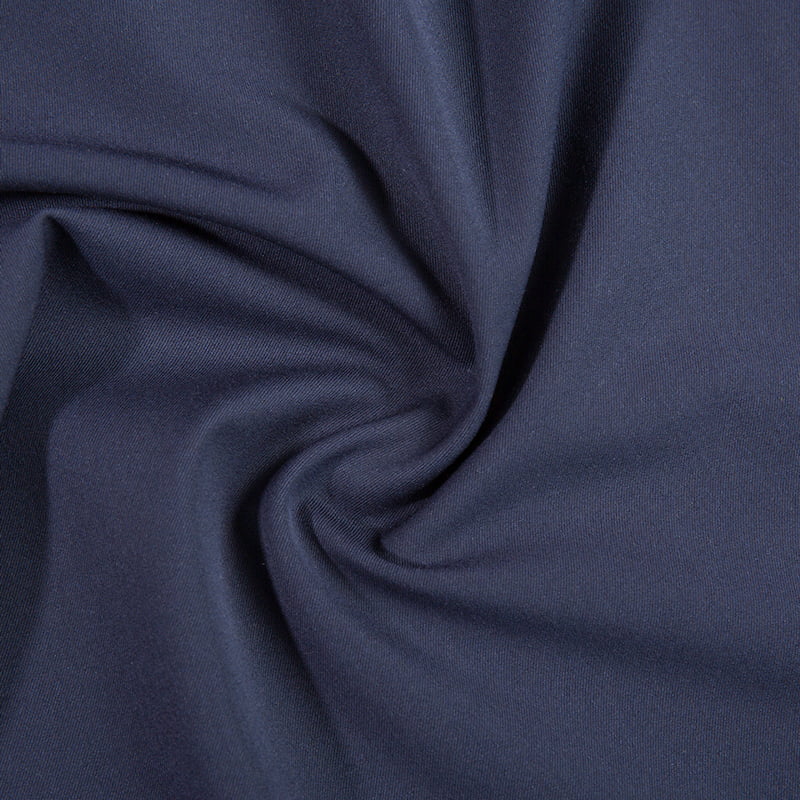In the world of textiles, consumers and industry professionals are often faced with a choice between natural and blended fabrics. Two prominent options are TR fabrics and pure cotton. The question of which is "better" is not a matter of simple superiority but rather one of application and requirement. This guide provides a detailed, objective comparison to help you make an informed decision.
Understanding the Contenders: Definitions and Composition
What is Pure Cotton?
Pure cotton is a natural textile fiber sourced from the cotton plant's seed pod. It is composed almost entirely of cellulose. The quality can vary based on the staple length, leading to classifications like Egyptian, Pima, or Upland cotton. Its defining characteristics are its natural origin, breathability, and biodegradability.
What are TR Fabrics?
TR fabric is a blended textile, its name an abbreviation for Terylene (a common brand name for polyester) and Rayon (a semi-synthetic fiber made from cellulose). A typical blend ratio is 65% polyester to 35% rayon, though this can vary. This combination is engineered to merge the strengths of both constituent fibers.
Key Characteristics: A Side-by-Side Analysis
| Feature | Pure Cotton | TR Fabrics |
|---|---|---|
| Composition | 100% Natural Cotton Fiber | Polyester (65%) + Rayon (35%) Blend |
| Breathability | Excellent. Allows air to circulate, making it cool and comfortable in heat. | Moderate. Less breathable than cotton but more than 100% polyester. |
| Moisture Absorption | High. Absorbs moisture effectively (a key property for towels). | Good. Rayon absorbs moisture, but polyester component wicks it away. |
| Durability & Strength | Strong when dry; loses up to 50% strength when wet. Prone to wear over time. | Very High. Polyester provides exceptional strength, abrasion resistance, and shape retention. |
| Wrinkle Resistance | Low. Wrinkles and creases easily unless treated. | High. Inherently resistant to wrinkling, making it low-maintenance. |
| Shrinkage | High. Can shrink significantly if not pre-shrunk or washed improperly. | Very Low. The synthetic polyester component minimizes shrinkage. |
| Drape and Feel | Natural, soft feel but can be stiff. Drape is matte and casual. | Excellent drape. Rayon provides a soft, silk-like hand feel and a slight sheen. |
| Color Retention | Good, but may fade over repeated washes. | Excellent. Polyester holds dye very well, resulting in vibrant, long-lasting colors. |
| Care & Maintenance | Often requires ironing. Can be prone to staining. | Easy care. Machine washable, dries quickly, and rarely needs ironing. |
| Cost | Variable, but generally cost-effective for basic weaves. | Generally economical due to the use of manufactured fibers. |
Applications: Choosing the Right Fabric for the Job
The ideal choice depends entirely on the intended use.
Ideal Uses for Pure Cotton:
-
Apparel: T-shirts, underwear, casual shirts, denim, handkerchiefs, and baby clothing where skin-friendliness and breathability are paramount.
-
Home Textiles: Bed sheets, towels (due to high absorbency), bathrobes, and washcloths.
-
Medical: Bandages, gauze, and swabs where absorbency and hypoallergenic properties are critical.
Ideal Uses for TR Fabrics:
-
Apparel: Suits, blazers, trousers, skirts, uniforms, and workwear where durability, shape retention, and a neat appearance are required. Its drape makes it popular for garments needing a formal silhouette.
-
Applications Requiring Durability: Upholstery, decorative fabrics, and other applications where high abrasion resistance is needed.
Frequently Asked Questions (FAQ)
Q: Is TR fabric breathable like cotton?
A: While the rayon content provides some breathability, TR fabric is generally less breathable than 100% cotton. It is, however, more breathable than fabrics made from 100% polyester.
Q: Which fabric is more environmentally friendly?
A: This is complex. Pure cotton is biodegradable and natural but has a high water and pesticide footprint. TR fabrics use rayon, which comes from renewable wood pulp, but its processing involves chemicals. The polyester component is derived from petroleum and is not biodegradable. Neither has a clear outright advantage; sustainable practices depend heavily on manufacturing processes.
Q: Is TR fabric suitable for sensitive skin?
A: While generally well-tolerated, it may not be as hypoallergenic as high-quality, organic cotton. Some individuals with sensitivities might react to the chemical residues from processing or the synthetic polyester content.
Q: For business attire, which is better?
A: TR fabrics are often the preferred choice for business and formal wear. Their inherent resistance to wrinkling, excellent drape, and ability to maintain a sharp appearance throughout a long day offer significant practical advantages over pure cotton, which requires more maintenance.
The debate between TR fabrics and pure cotton concludes not with a winner, but with a verdict of purpose.
Choose Pure Cotton if your priorities are maximum breathability, natural feel, high moisture absorption for items like towels, and biodegradability. It is the classic choice for comfort-centric applications.
Choose TR Fabrics if you require a garment or textile with high durability, exceptional wrinkle resistance, minimal shrinkage, easy maintenance, and a polished drape. It is a functional and economical solution for professional and high-use scenarios.
Ultimately, understanding the inherent properties of each material allows consumers and designers to select the most appropriate fabric based on functional needs, performance expectations, and comfort preferences.


 English
English 中文简体
中文简体 日本語
日本語 한국어
한국어 Español
Español русский
русский


